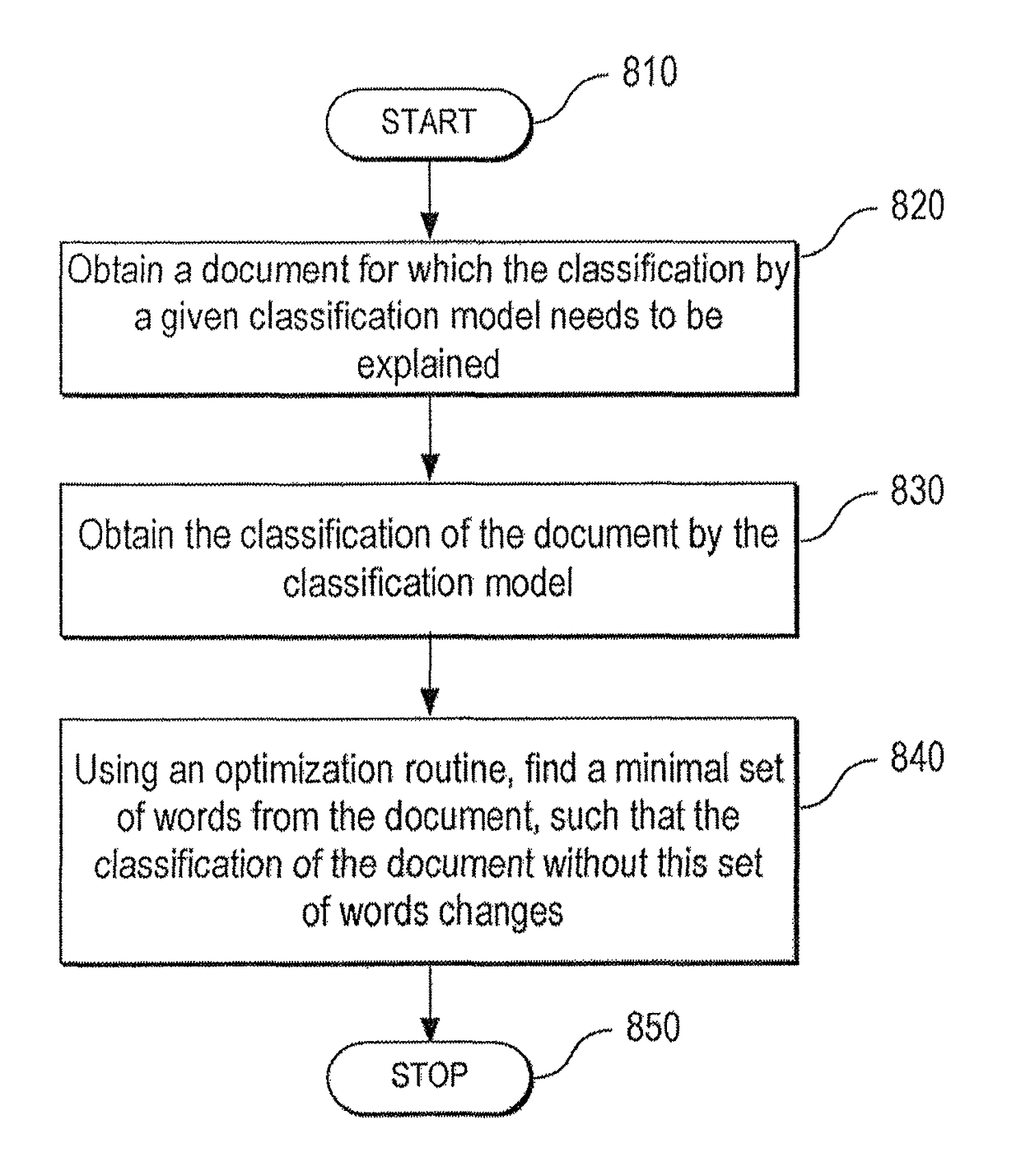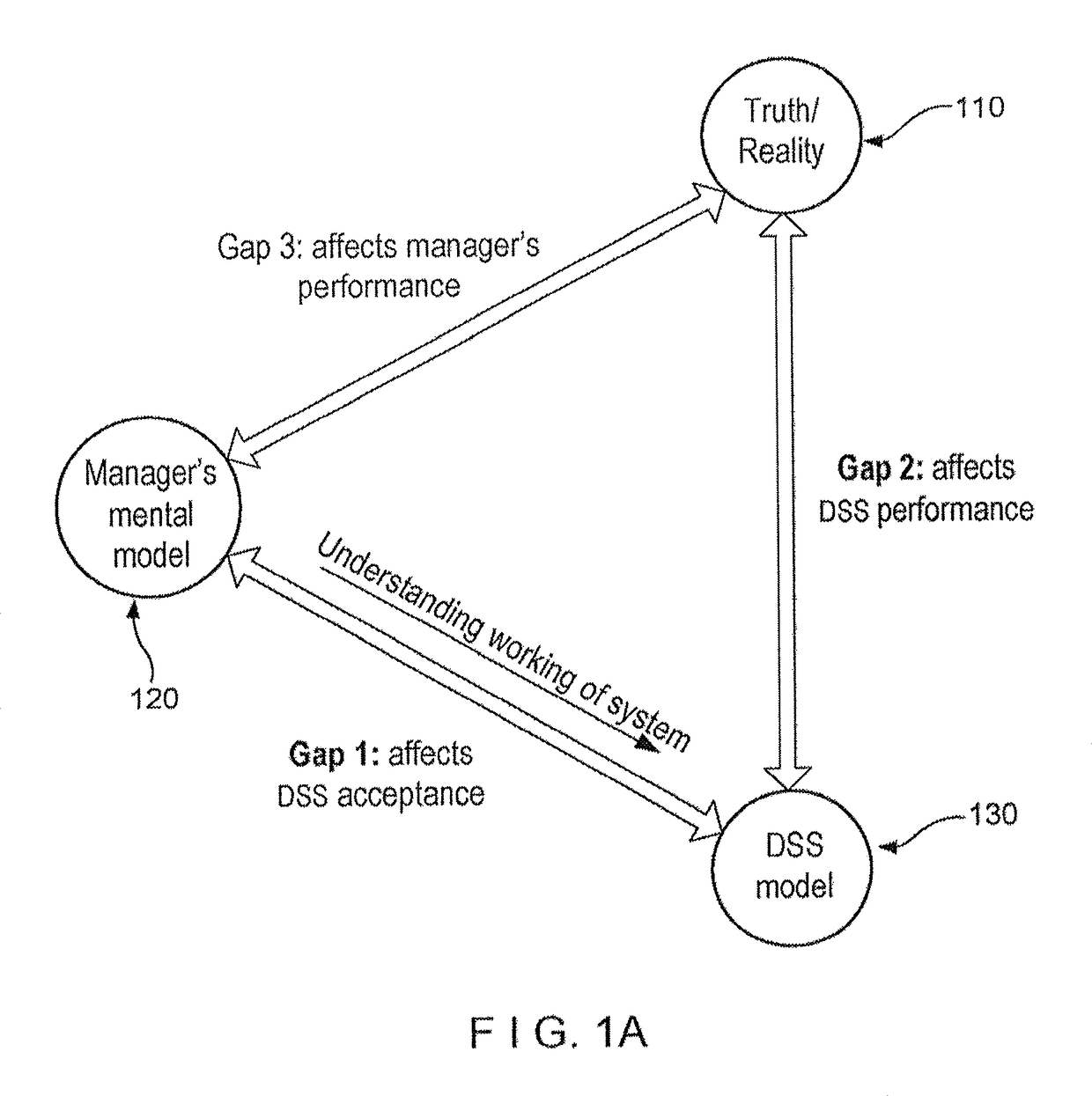Apparatus, method and computer-accessible medium for explaining classifications of documents
a document classification and document technology, applied in the field of collections, can solve the problems of insufficient guidance as to how the model can be improved, previous approaches to gain insight into black box models typically have difficulty dealing with high-dimensional data, and can not be understood the decision-making process of document classifiers. the effect of high dimensionality
- Summary
- Abstract
- Description
- Claims
- Application Information
AI Technical Summary
Benefits of technology
Problems solved by technology
Method used
Image
Examples
Embodiment Construction
[0035]An exemplary embodiment of the present disclosure can provide an exemplary method, system and computer-accessible medium for explaining classifications, tailored to the business needs of document classification and able to cope with the associated technical constraints. A “document” can be any collection (e.g., bag, multiset, URLs) of items. For example, a document can be a collection of locations, such as URLs visited by one or more mobile devices or other devices. Bag / multiset generalizes a set of items in that items can repeat. Typically a document can be represented as a bag of words. With respect to the present disclosure, and different from many data mining applications, the document classification data representation can have high dimensionality, with the number of words and phrases typically ranging from tens of thousands to millions. Other collective entities to which the exemplary method can apply are, for example: a representation of a web browser as a multiset of w...
PUM
 Login to View More
Login to View More Abstract
Description
Claims
Application Information
 Login to View More
Login to View More - R&D
- Intellectual Property
- Life Sciences
- Materials
- Tech Scout
- Unparalleled Data Quality
- Higher Quality Content
- 60% Fewer Hallucinations
Browse by: Latest US Patents, China's latest patents, Technical Efficacy Thesaurus, Application Domain, Technology Topic, Popular Technical Reports.
© 2025 PatSnap. All rights reserved.Legal|Privacy policy|Modern Slavery Act Transparency Statement|Sitemap|About US| Contact US: help@patsnap.com



